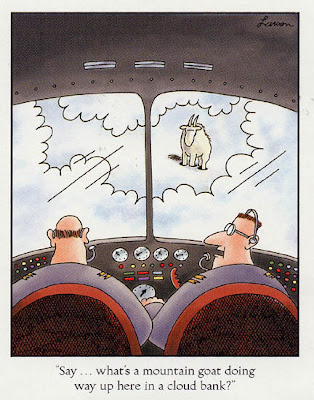Unfortunately, gas management is not a part of the basic curriculum for scuba instruction for any of the major agencies that I know. You can't blame the instructor for not teaching what is not part of the curriculum. Many of the suggestions for the writer, although valid, contain information that is not a part of normal basic OW instruction, and we can't expect such divers to know it.
@
boulderjohn:
First of all, let me preface my comments by saying that your voice is one of several that I respect here on SB. You're a thoughtful teacher, and everyone knows that teachers are pretty neat people.

I agree that what we often refer to as "gas management" here on SB is not taught by the larger scuba instructional agencies. (Huge oversight.)
In my post which you quoted, I was talking about the simple "gas management" that PADI teaches -- arrive at the surface with 500 psi. I apologize for the confusion. Reviewing what happened to the OP, there's
clearly a discrepancy between what went down and the mantra be-back-on-the-surface-with-500-psi. Why did this occur?
We can all probably agree that the OP's dilemma was created, in part, due to a conflict between following/listening/relying on an authority figure (the DM) and adhering to the PADI gas management dictum. I think it's the instructor's job to give his/her students the tools to successfully navigate real world scenarios that the diver might see following certification. The OP's situation is not unusual at all. In my limited experience, I've witnessed firsthand a couple different versions of this very situation play out. Fortunately, both incidents had good outcomes.
During my PADI basic OW class, our instructor led a discussion at the end of our training that was filled with "What would you do if...?" scenarios. In retrospect, these were synthesis-type assessment questions. Some were tricky. Some were straightforward. All were designed to test the extent of our understanding of the training. It's been quite some time, but several of those scenarios have been burned into my memory:
- What would you do if you lost sight of your buddy underwater and couldn't find him/her?
- What would you do if you're in a buddy team of 3 divers and one buddy went left while the other went right?
- What would you do if you're in a buddy team of 5 divers and, all of a sudden, you only counted 3 other divers in your field of view?
- What would you do if you're diving in two buddy pairs and you lost sight of the other buddy pair?
- What would you do if the DM leading your boat dive went into a cave or other overhead environment?
- What would you do if your buddy inexplicably descended deeper (100+ fsw) than the two of you had discussed during pre-dive planning?
- What would you do if your computer stopped working during a dive?
- What would you do if you exceeded your NDLs (table or computer)?
- What would you do if you were trying to change a setting on your dive computer and you and your buddy missed part of the DM pre-dive briefing on a boat dive?
- What would you do if you're finning hard to keep your head above the surface of the water...and you're getting tired?
- What would you do if you got a leg cramp but your buddy didn't notice and left you behind?
- What would you do if your buddy gave you "the thumb" on the dive but everything seemed like it was OK?
- What would you do if your buddy started making fun of how much air you use?
- What would you do if your buddy wanted to go diving but you weren't comfortable with the dive conditions (high surf, current, low vis, rough seas, etc.)?
- What would you do if your buddy kicked your mask off of your face?
- What would you do if you started feeling really cold on a dive...so cold that it was difficult to think clearly?
- What would you do if you found yourself breathing really fast/hard underwater and the reg felt like it wasn't giving you enough gas?
- What would you do if you reached your agreed upon turnaround pressure and your buddy or the DM pushed on with the dive (rather than turning around)?
That's all I can remember now. We discussed all of this over lunch. The best part about the discussion was that he didn't just spoon-feed us the answers. We came up with possible courses of action -- some more sensible than others. Furthermore, he asked us to come up with ways we could avoid getting into such tough situations in the first place.
I can't say for certain, but I suspect that this "What would you do if...?" discussion was not specified in any of the PADI standards. Was the discussion a good way for the instructor to see if his students "got" it? Absolutely.
I'm not blaming the instructor, the DM, or the OP. I'm saying that all three parties should be part of the conversation in determining who/what was responsible for a potentially dangerous situation.






